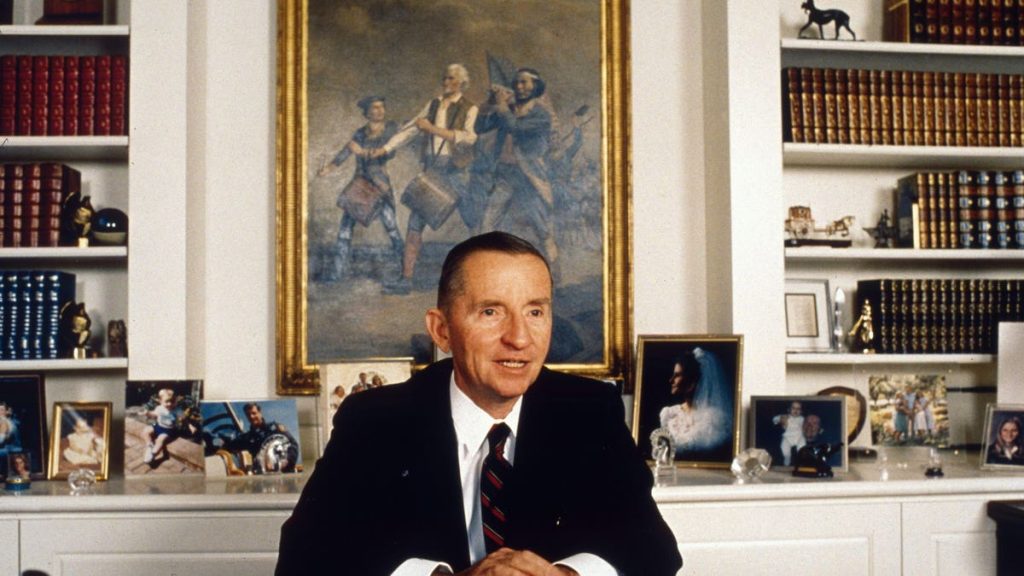“My people don’t drive Cadillacs.” Those five words are what kept Ross Perot from nearly becoming the world’s richest man. Already a billionaire by the 1990s, he could have stood shoulder-to-shoulder with Bill Gates if he’d just been a little less demanding two decades before.
It was in the late 1970s that the great Ken Langone approached Perot about investing in a still unformed home improvement warehouse concept. What became The Home DepotHD was founded by two recently-fired retail executives named Bernie Marcus and Arthur Blank. In search of always hard to get capital (money is only ever “easy” to academics and pundits), Langone connected them to Perot, and the EDS founder subsequently committed $2 million in return for 70 percent of the company.
While ironing out the details of Perot’s investment, Marcus mentioned the company car he was still driving from his previous job. He wanted the new company to purchase the four-year old automobile, as it would be a better deal than buying a new car. The problem was that it was a Cadillac, and Perot’s people didn’t drive Cadillacs. He was adamant, only for Marcus to refuse the $2 million that he desperately needed. The thinking was that if Perot felt that deeply about something as inconsequential as a car, what would he be like to work with when big decisions had to be made? The irony, of course, is that by 1999 Perot’s 70 percent stake would have been worth $58 billion.
One of the great all-time what-ifs of business, but for the purposes of this write-up, it’s a reminder that the price of credit is generally astronomical. Think about it in terms of Home Depot and Perot initially commanding 70% of the business for $2 million. It was equity financing since there’s realistically no “interest rate” to place on what Perot charged. Odds were high that what became The Home Depot would fail.
What’s important is that there’s no limit to the cost of capital. If there were limits, or caps placed on what can be charged, then it’s no reach to say that progress would stop. That is so because there’s quite simply no numerical rate of interest at which any start-up business could ever attain funding.
So, while caps on rates of interest or equity finance would dry up intrepid investing in the commercial giants of tomorrow, what’s true in the world of high finance also applies to subprime lending. To see why, all we need do is look back to 2021, and the passage of the Predatory Loan Prevention Act in Illinois. The latter placed a 36% cap on loans made to subprime borrowers.
The problem was and is that as with start-ups, rates of interest that might appear nosebleed to the casual political observer sometimes aren’t high enough. Economists J. Brandon Bolen, Gregory Elliehausen, and Thomas Miller found that after the imposition of the Illinois rate cap, lending to those with the least declined substantially, as did the financial wellbeing of those suddenly shut out of the debt markets by price controls.
Notable about all of this is that none of it is surprising. Capital is the opposite of “easy” in just about all situations, and it is because compound returns are the most powerful force in investing. Since they are, the cost of capital is very exacting in markets for the poor and the rich alike. And if the cost is fiddled with, even over things like Cadillacs, the missed opportunities can be enormous.
Follow me on Twitter.
Read the full article here














